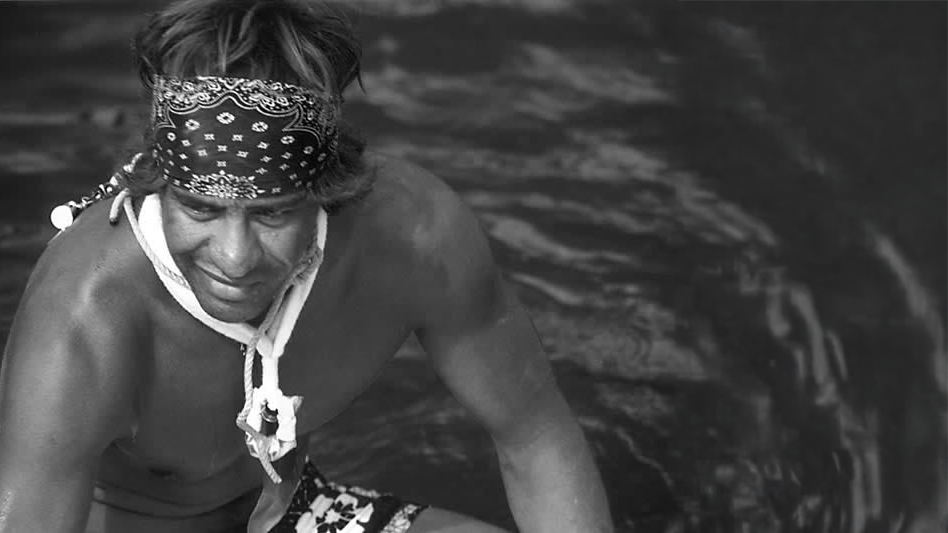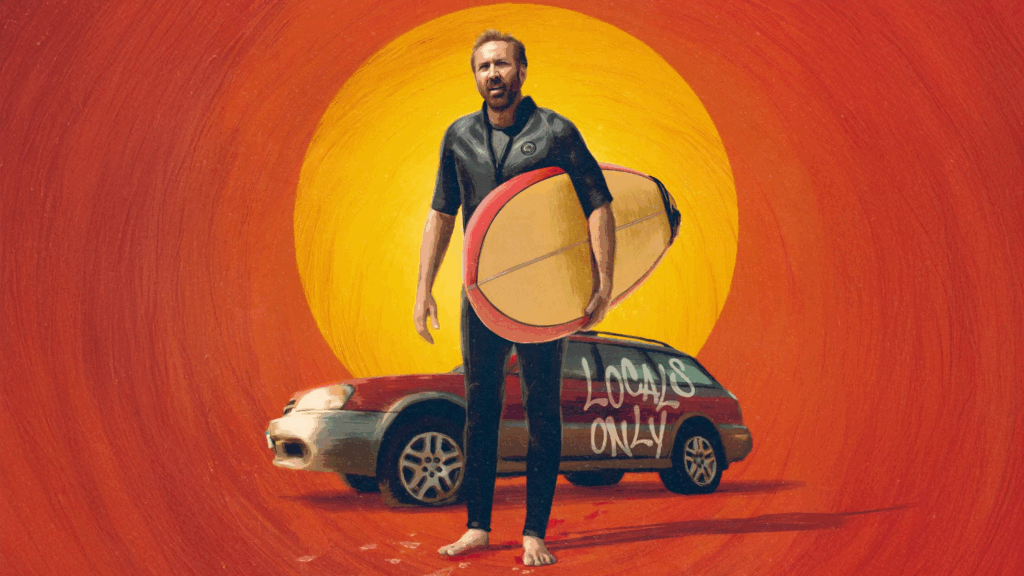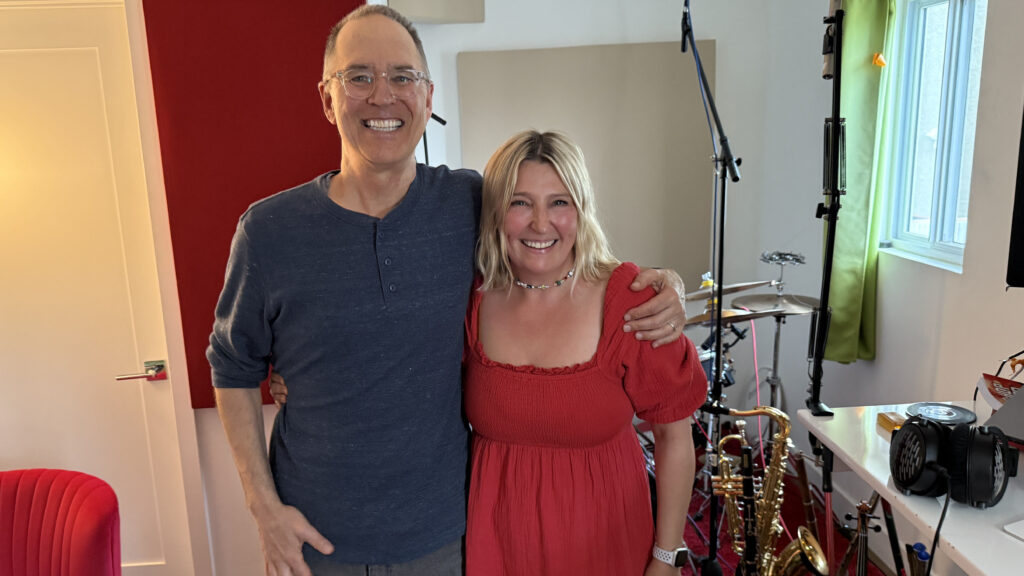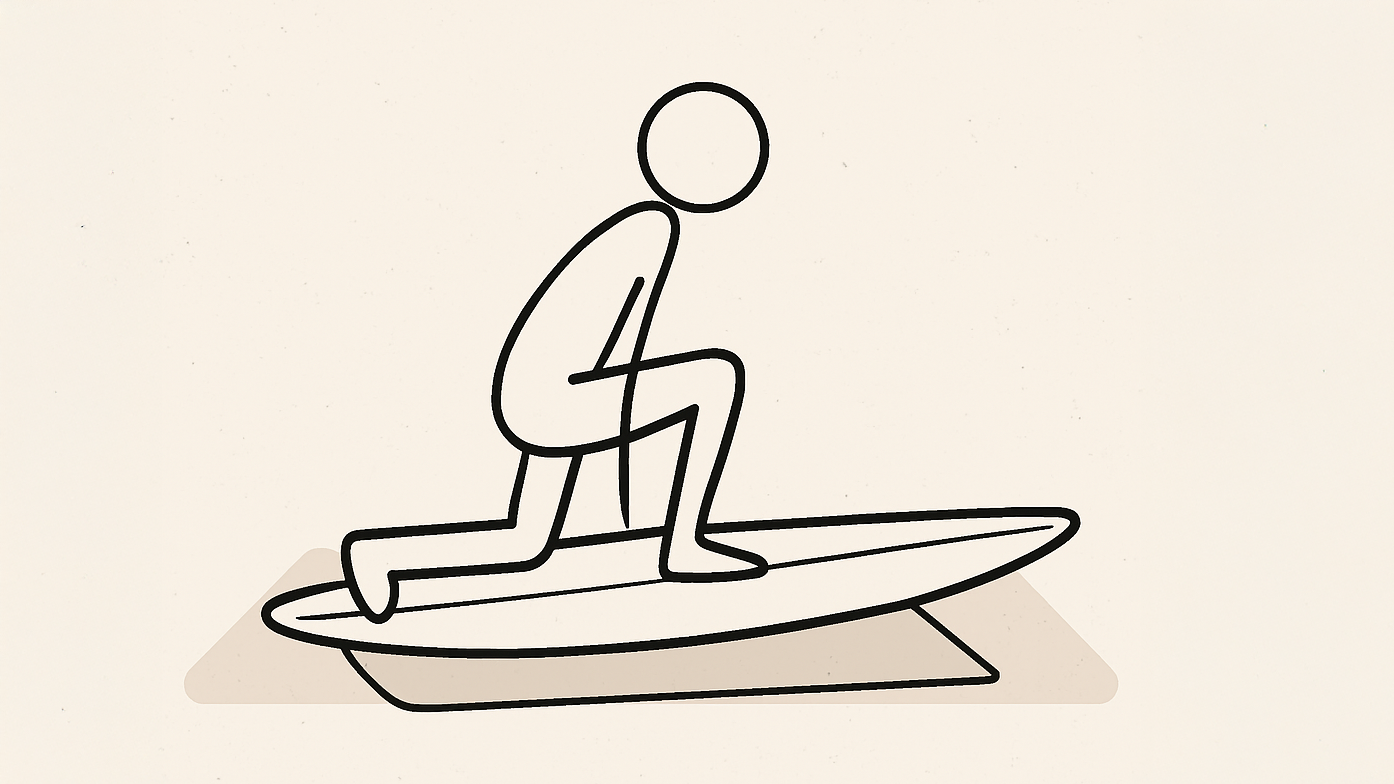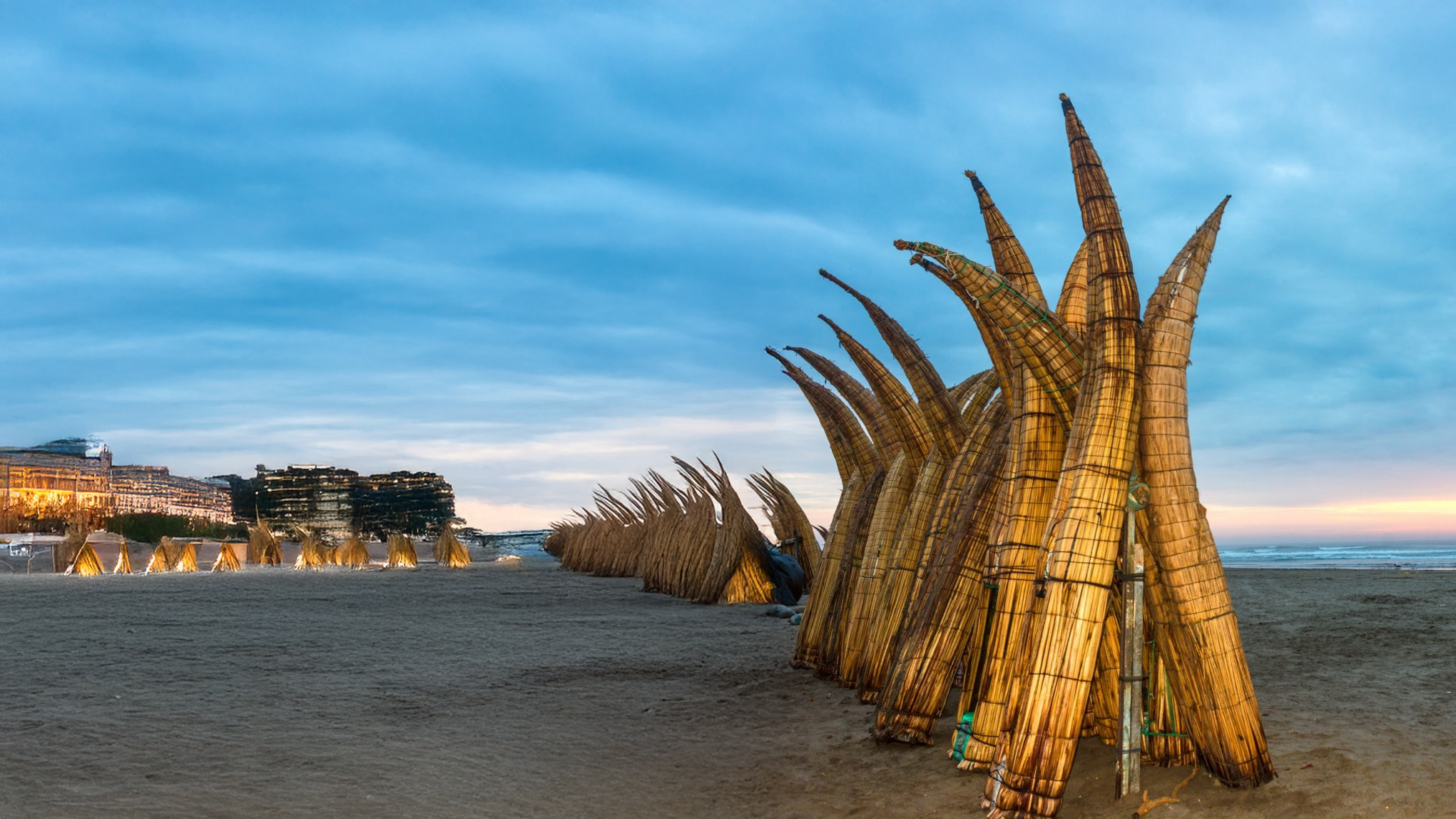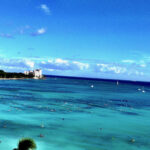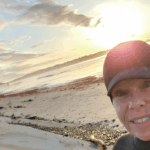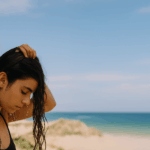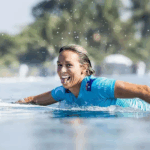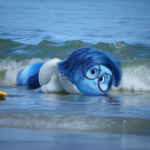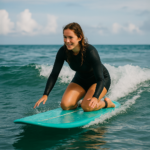Now Reading: The Paipo: Surfing’s oldest speed machine (no pop-up required)
-
01
The Paipo: Surfing’s oldest speed machine (no pop-up required)
The Paipo: Surfing’s oldest speed machine (no pop-up required)
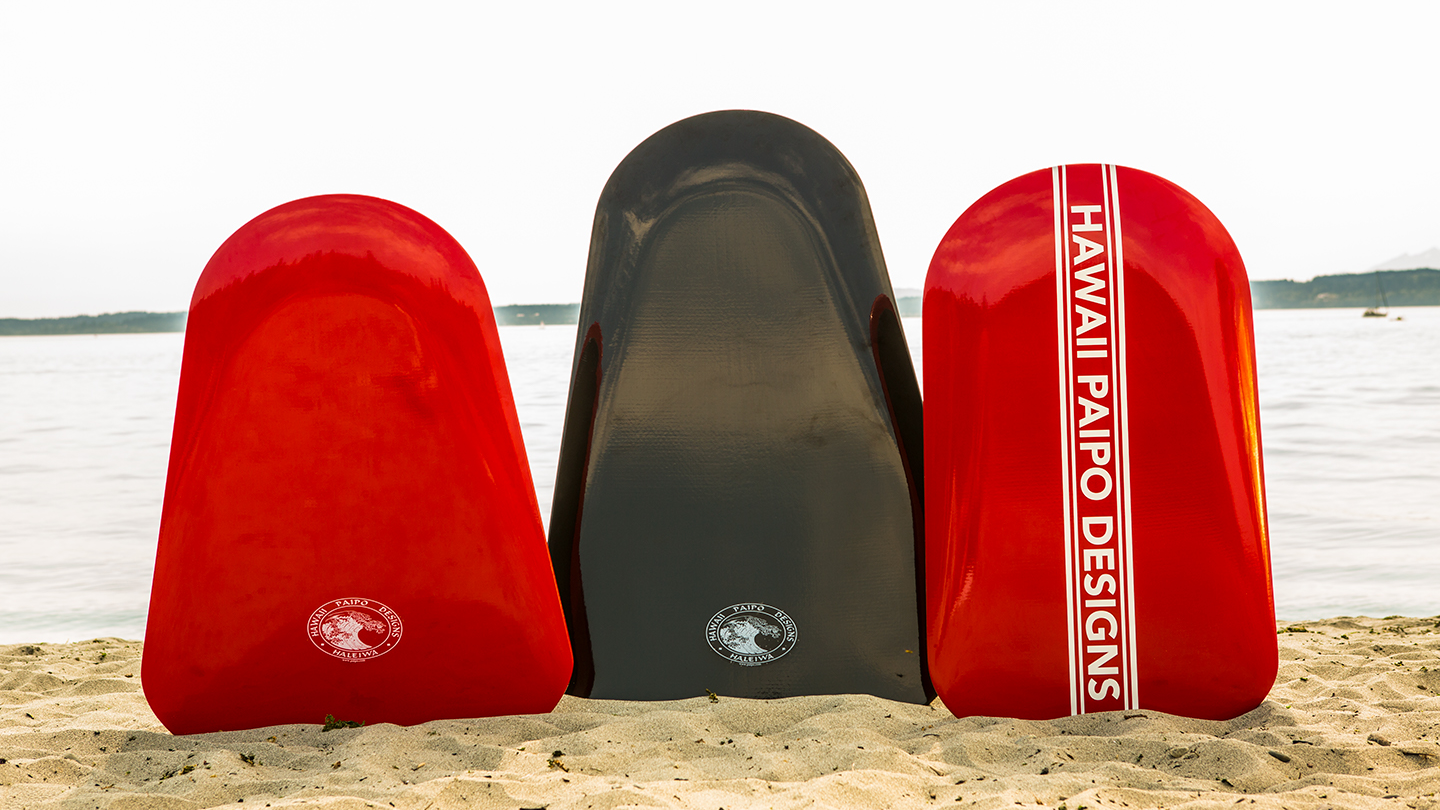
I have a confession to make. This was supposed to be the “Alaia and Paipo–the two other Hawaiian ancient surfboards” post. But then I started my research, went down the Paipo rabbit hole and I am yet to re-emerge.
What is a Paipo?
The Paipo is one of the most ancient forms of the Planing Totems or surf craft. It was a short, roughly 4–5 feet in length, flat board made from wood like koa, breadfruit (ʻulu), or wiliwili. It was primarily ridden prone (lying on your stomach). When you ever hear anyone use this word—prone. You could also ride it kneeling or even standing, but more on this later.
The ancient Paipo was a high-speed, low-drag, and finless, it was designed purely for planing across waves—not for floating or paddling out like a surfboard. Because of its close to the water feel, it offered what someone would describe as wave intimacy. You can’t make this stuff up.
Who rode the Paipo?
Depending whose historical side you’re going to take on, the boards were ridden in ancient Hawaii only by children or by both kids and adults.
In ancient Hawaiʻi: Paipos were part of a four-board system—olo, kikoʻo, alaia, and paipo—used by everyone: royalty and commoners alike unlike the olo.
As for what the name actually meant, it evolved, beginning with papa liʻiliʻi meaning small board to pae po’o—literally head-first.
The missionary pause and the Paipo comeback
You all know that we kinda lost surfing for 100 years because the missionaries.
But, in Waikiki, the 1920s through the 1960s paipo riding became a thing again. Interestingly enough, wooden bellyboards (paipos) also became common in Cornwall (UK) and Muizenberg (South Africa) where Agatha Christie discovered surfing by the mid-20th century.
The Wall and standing paipo legends
Back to Hawaii. Beach Boys surfed plywood paipos at the Kuhio beach groin, known locally as “The Wall”.
Standing on a paipo was considered the ultimate at the Wall, and Hawaiian surfers like Valentine ‘Val’ Ching mastered riding the paipo board standing up in the fifties.
He was not alone. Some of the most influential surfers of the 20th century were paipo riders including Albert “Rabbit” Kekai, one of the original innovators of modern surfing, taught by the Duke himself.
Wally Froiseth who effectively invented the first big wave surfboard thanks to his “hot curl” design, has also built the first fiberglass paipo.
Not to mention Eddie and Clyde Aikau (really these two deserve their own story).
And there were plenty more surfers who used the paipos.
Paipo vs. boogie board
Honestly, I had no idea that there was such a thing as the modern paipo movement. The paipos were relegated to obscurity by foam bodyboards in the 1970s. Historians do call the Paipos “the great grandfather of the Morey Boogie Board.” Tom Morey is the dude who invented boogie boarding.
But. In the UK, traditional bellyboarding based on the paipo never fully died – beaches in Cornwall still host the annual World Bellyboard Championships.
In Hawaii and California, some surfers continue to ride paipos using modern tweaks like small fins or straps for control.
The Paipo unlike the Alaia (more on this later) has not fully gone away.
Paipo spycraft: surfing meets espionage
One of the coolest stories I came across about the Paipo was about them being used as spycraft (see surfcraft spycraft).
Alfred Solomon (a cousin of Bill Sproat, a revered Hawaiian figure) owned two small concave boards about 1/4-inch by 1 foot by 3 feet made of wiliwili, and according to him, they were used for spying in Hawai’i.
He wrote: the spies selected a night with rough seas and then surfed in to gather information about various activities. The boards were easily concealed. I heard this from the old people and they said that’s why the boards were called paepō, “night landing.”
Want one? Here’s where to buy
If you want to try a Paipo, you can buy a Paipo from Hawaii Paipo Designs for $600. Or how about a wooden Paipo? Wegener has a Fish Paipo on sale for $400.
Tempting, if this means never having to pop-up, and you could still get barreled.












